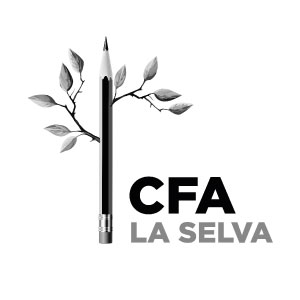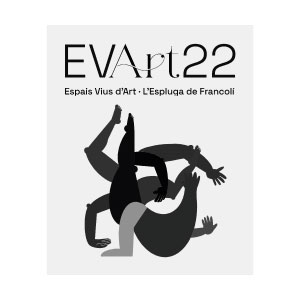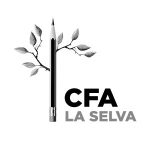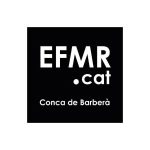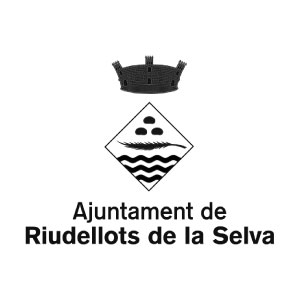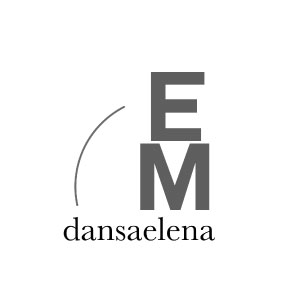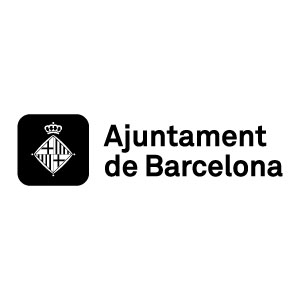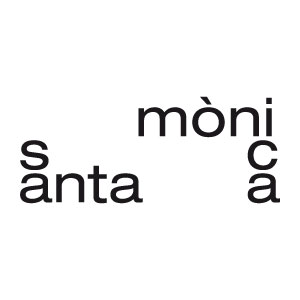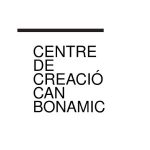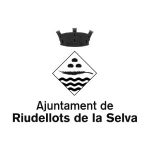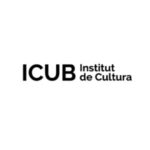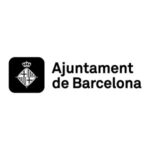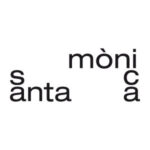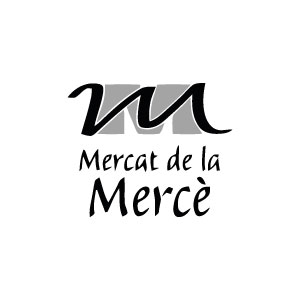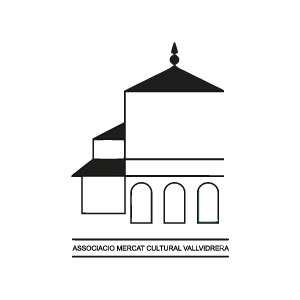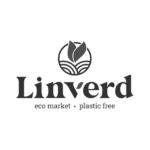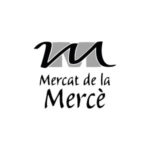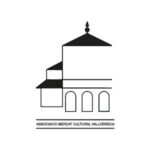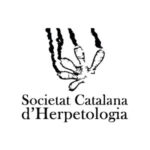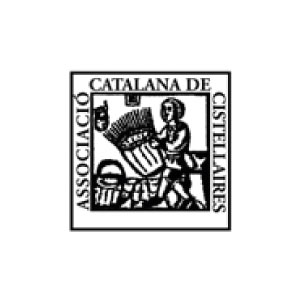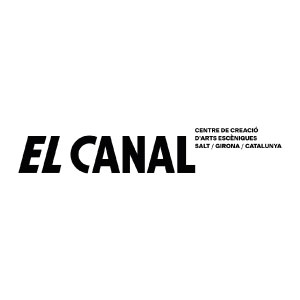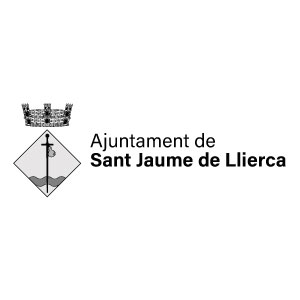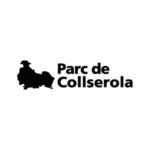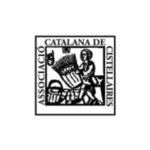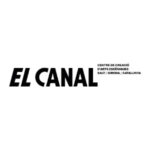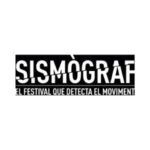edition 2024: water and textile
puig-reig (barcelona, catalonia)
from 27 August to 7 September
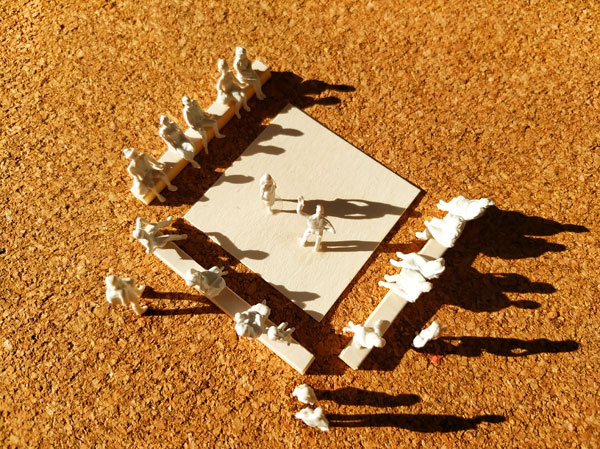
15m2 international festival of itinerant microdance
15m2 is a microdance festival that takes place in singular and unconventional spaces around a thematic axis and a specific locality. It is a way of linking stage creation with the fields of knowledge and the cultural fabric of the territory.
An itinerant and emerging cultural project, where each edition is a construction in itself, an exploration of a theme in a different locality each time. The festival has a programme of professional microdance exhibitions and complementary activities of Knowledge and territory. On the other hand, it also has various activities and actions that, outside the dates of the festival, give continuity to the objectives of the project, under the name of 15m2 en xarxa.
open call
terms and conditions of the call
deadline
The deadline for submitting microdance projects is June 20, 2024.
contact information
15m2 International Itinerant Microdance Festival
info@festival15m2.cat
edition 2024
water and textile, puig-reig (barcelona, catalonia)
from 27 August to 7 September
The 2024 edition will be from August 27 to September 7 on the theme Water and textile, in the municipality of Puig-reig, Berguedà region (Barcelona).
Water is an essential element for life and is a basic resource for humanity. The various civilizations throughout history have been built and grown along the rivers, because the river is energy, wealth, progress. The river is life. Water and textiles become two inseparable elements in the context of the industrial textile colonies, built on the banks of the Ter and Llobregat rivers and their tributaries in the second half of the 19th century, when the textile industry was becoming one of the most important engines of the Industrial Revolution in Catalonia.
From 1858 onwards, the lack of coal made textile production move to the river basins to take advantage of the power of water and obtain hydraulic energy, which was much more economical. These river factories were accompanied by the construction of housing first, and later of a school, church, store and other services, since they were far from the urban centers and allowed the workers and their families to live and work without having to leave the colony.
The Llobregat river, from its source in Castellar de n’Hug to its mouth in El Prat del Llobregat, hosted 46 textile colonies. In the counties of Berguedà and Bages is where the concentration of colonies is highest, and in the municipality of Puig-reig there are seven:
– Cal Prat
– Cal Casas
– Cal Pons
– Cal Marçal
– Cal Vidal
– Cal Riera
– L’Ametlla de Merola
The textile colonies relied on cotton fiber and water power to generate yarn and fabrics. These elements have been relegated to other sources of energy, man-made fibers and other textile products. Today, the textile industry is the second most polluting industry in the world, and the river and water remains a precious and necessary source of energy and life to be preserved.
Stretching the thread from the process of industrialization in Catalonia with the textile colonies and the use of hydraulic energy, we propose a theme to observe the evolution of the sector and the current social and environmental situation. To question the sense of the current model of clothing consumption: highly polluting, ephemeral and excessive, cheap and poor quality product. A consumption completely linked to the construction of an identity enslaved by image and superficiality, in a globalized and capitalist society, but aware of the need for urgent change.
A theme also to give value, promote and disseminate knowledge of the textile industrial heritage, so significant in the process of Catalan industrialization and an important part of our history, which helps us understand where we come from, to situate ourselves in the present and project ourselves into the future.
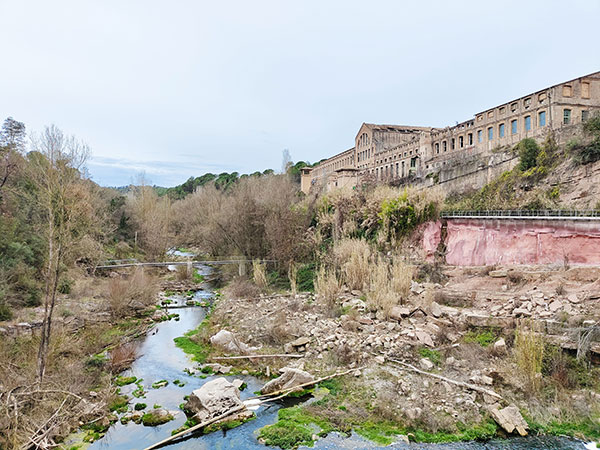
Information of interest:
edition 2024
water and textile, puig-reig (barcelona, catalonia)
from 27 August to 7 September
The 2024 edition will be from August 27 to September 7 on the theme Water and textile, in the municipality of Puig-reig, Berguedà region (Barcelona).
Water is an essential element for life and is a basic resource for humanity. The various civilizations throughout history have been built and grown along the rivers, because the river is energy, wealth, progress. The river is life. Water and textiles become two inseparable elements in the context of the industrial textile colonies, built on the banks of the Ter and Llobregat rivers and their tributaries in the second half of the 19th century, when the textile industry was becoming one of the most important engines of the Industrial Revolution in Catalonia.
From 1858 onwards, the lack of coal made textile production move to the river basins to take advantage of the power of water and obtain hydraulic energy, which was much more economical. These river factories were accompanied by the construction of housing first, and later of a school, church, store and other services, since they were far from the urban centers and allowed the workers and their families to live and work without having to leave the colony.
The Llobregat river, from its source in Castellar de n’Hug to its mouth in El Prat del Llobregat, hosted 46 textile colonies. In the counties of Berguedà and Bages is where the concentration of colonies is highest, and in the municipality of Puig-reig there are seven:
– Cal Prat
– Cal Casas
– Cal Pons
– Cal Marçal
– Cal Vidal
– Cal Riera
– L’Ametlla de Merola
The textile colonies relied on cotton fiber and water power to generate yarn and fabrics. These elements have been relegated to other sources of energy, man-made fibers and other textile products. Today, the textile industry is the second most polluting industry in the world, and the river and water remains a precious and necessary source of energy and life to be preserved.
Stretching the thread from the process of industrialization in Catalonia with the textile colonies and the use of hydraulic energy, we propose a theme to observe the evolution of the sector and the current social and environmental situation. To question the sense of the current model of clothing consumption: highly polluting, ephemeral and excessive, cheap and poor quality product. A consumption completely linked to the construction of an identity enslaved by image and superficiality, in a globalized and capitalist society, but aware of the need for urgent change.
A theme also to give value, promote and disseminate knowledge of the textile industrial heritage, so significant in the process of Catalan industrialization and an important part of our history, which helps us understand where we come from, to situate ourselves in the present and project ourselves into the future.

Information of interest:
the festival
thematic and itinerant character
The festival is structured around a thematic axis, with a theme and a specific locality to highlight the value of the territory and the fields of knowledge.
The thematic axis is related to current affairs and to artistic, cultural, traditional, historical, scientific or natural knowledge, in order to highlight the uniqueness of the territory. Thus, for example, the themes of future editions will be of a very diverse nature, both themes related to the plastic arts, such as the literary work of a poet, the plastic work of a sculptor or that of a photographer, and those linked to cultural, historical, archaeological or natural heritage, or related to knowledge of customs and beliefs, crafts, rural art or Romanesque art.
And also current issues and social criticism such as the problem of plastic waste, depopulation, ageing and dependence of the elderly or liquid modernity.
unconventional spaces
The microdance creations will be performed on 15m2 stages, referring to the name of the festival, located in unique or unconventional spaces, both indoors and outdoors, of interest for the theme and location where it takes place. The stage will be square with sides of 3.90 m in length. Depending on the spaces, and on some stages, a rectangular steel structure with the same dimensions will be set up for the exhibitions.
The 15m2 festival aims to vindicate small-format culture and highlight the value of microdance: short pieces in small, singular and unconventional spaces, designed for small, intimate audiences. Close creations, worked from the detail, where the audience almost shares the space with the performer. And the dimensions and singularity of the stages build a space of involvement and proximity with the spectator.
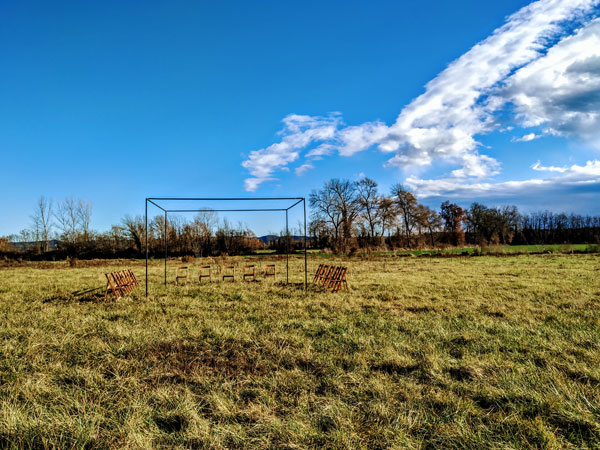

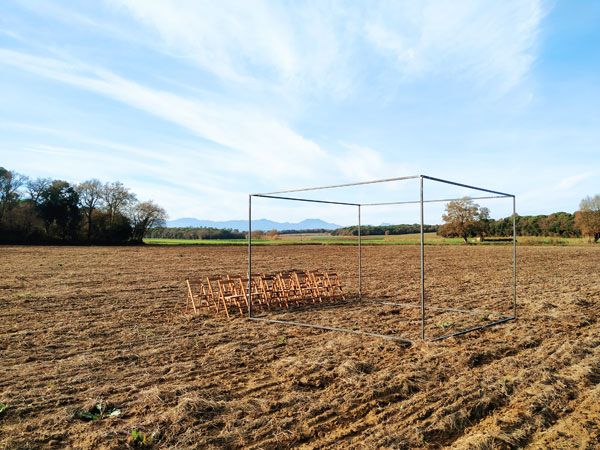
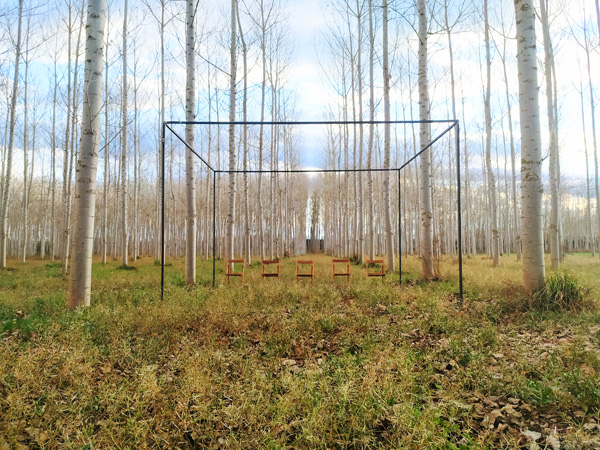

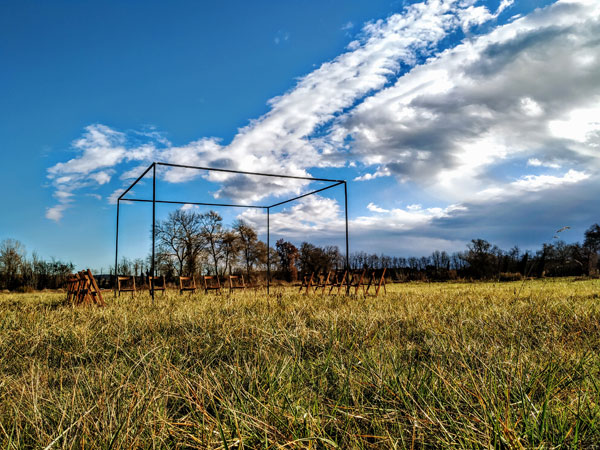
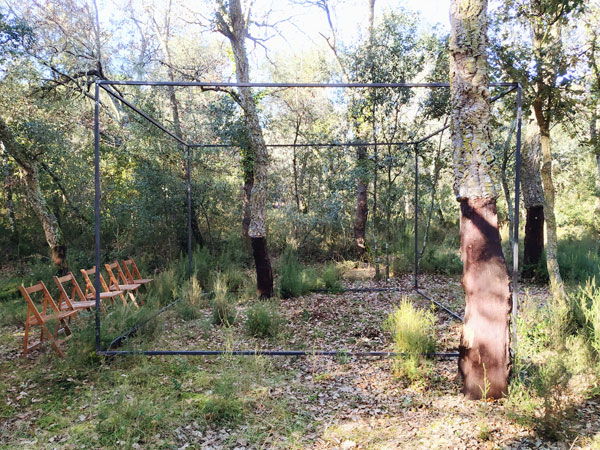

microdance

12 dance companies (national and international)
8 companies: public call for aplications
4 invited companies: support for creation
minimum 2 local creations
20-30 performances
between 5 and 10 stages
The microdance creations will be short pieces, between 15 and 20 minutes, which will be inspired by the theme of the festival. Movement and the body will be the main focus of the proposals, although other artistic disciplines will be welcome. With the aim of encouraging scenographic creation in movement works, the festival will value the creation of scenographic proposals with elements and materials related to the thematic axis in the public call for entries.
The creations will have to be adapted to the festival’s exhibition spaces, with few technical requirements, without special lighting needs and with a set-up and dismantling time of no more than 10 minutes respectively.
The festival will host 12 microdance creations. There will be a public call for proposals and the festival will propose one or two guest creations. The proposals will be chosen according to the artistic criteria of the festival and the criteria of territorial scope. On the one hand, the aim is to promote local creations that are close to the festival’s locality, and on the other hand, to welcome creations from outside Spain in order to internationalise the festival.
The festival wants to generate a microdance circuit in the Catalan territory to decentralize and expand the scenic creation and cultural programs outside the big cities..
recognition of awards
With the aim of recognising the work and giving value to the efforts of the creators and the projects presented, the festival will organise an awards ceremony with 4 categories:
– Interpretation Award
With the aim of valuing small-format stage creation as a complete and quality product. The distinctive elements of microdance will be valued (reduced space, brevity and proximity to the audience) and the degree of quality in the interpretation of the proposal as a whole (presence, relationship with the space, between the performers and/or with the scenographic elements, body work, voice, etc.).
– Scenographic Creation Award
With the aim of encouraging the use of scenography or scenographic elements in movement proposals. The degree of singularity and quality of the scenographic elements will be valued, especially those that have been created expressly for the proposal and are inspired by the theme of the festival.
– Arrel i Memòria Award
The aim is to recognise the beauty of the experience, both personal and collective, and in the proposals elaborated with skill. The degree of coherence, robustness and experience of the proposal as a whole (interpretation, scenography, costumes, texts and/or other elements) will be assessed, valuing simplicity and honesty as transversal elements of the proposal and the link with traditional knowledge.
– Public Award
With the aim of seeking the complicity and involvement of the audience, this award aims to offer the possibility of assessing, at the personal discretion of each person, the proposal that has been most liked.
The jury is made up of representatives of the municipality and/or linked to the theme, representatives of the dance sector, and representatives of cultural journalism.
knowledge and territory
Under the name of Knowledge and territory, the actions of community participation and the promotion of new audiences are materialised. These actions are, in turn, an exploration of the subject matter and a desire to contribute depth and richness to the cultural project and stage creation.
It takes the form of a programme of activities complementary to the stage shows, such as: practical workshops, round tables, conferences, various exhibitions, guided tours, plastic installations, community artistic actions, creation laboratories, creation and publication of contents, etc., carried out within the framework of the festival and open to everyone. Different activities in each edition, depending on the characteristics of each locality and the possibilities offered by each theme.
One of the final objectives of the festival will be the construction of literary or visual works based on the thematic axis of reflection, both from an artistic, scientific and documentary point of view. Thus, for example, depending on the areas of knowledge of the theme, a group of experts or a participatory process will produce a final document as a synthesis of the festival.
citizen participation and new publics
social involvement (non-public)
territorial partnerships
commercial fabric and local economy
fields of knowledge
creation of physical, literary or visual works
volunteering 15m2
knowledge and territory
Under the name of Knowledge and territory, the actions of community participation and the promotion of new audiences are materialised. These actions are, in turn, an exploration of the subject matter and a desire to contribute depth and richness to the cultural project and stage creation.
It takes the form of a programme of activities complementary to the stage shows, such as: practical workshops, round tables, conferences, various exhibitions, guided tours, plastic installations, community artistic actions, creation laboratories, creation and publication of contents, etc., carried out within the framework of the festival and open to everyone. Different activities in each edition, depending on the characteristics of each locality and the possibilities offered by each theme.
One of the final objectives of the festival will be the construction of literary or visual works based on the thematic axis of reflection, both from an artistic, scientific and documentary point of view. Thus, for example, depending on the areas of knowledge of the theme, a group of experts or a participatory process will produce a final document as a synthesis of the festival.
citizen participation and new publics
social involvement (non-public)
territorial partnerships
commercial fabric and local economy
fields of knowledge
creation of physical, literary or visual works
volunteering 15m2
15m2 en xarxa
The activity of the 15m2 festival extends beyond the days of the programme in each town where it is held. In this sense, 15m2 en xarxa is born, a space to develop all the actions that give continuity to the main axes of the festival: the scenic creation (microdance) and the activities of Knowledge and territory. Also as a result of the desire to establish synergies with other projects and groups, it represents a constant research in the form of interventions, workshops, talks, exhibitions, cycles, installations, community participation actions, etc., which integrate and nourish the links and the cultural fabric of the whole territory.
Cicles 15m2
Microdance in the municipalities
Última vèrtebra
The Cicles 15m2 are a space to activate the main lines of action of the 15m2 festival beyond the dates of the festival: the scenic creation (microdance), knowledge and territory; developing a work of proximity to the environment, community participation and promotion of new audiences.
A proposal that offers an afternoon of professional microdance (between 2 and 3 short pieces of a maximum of 20 minutes each), plus at least one activity of knowledge linked to the territory. Using unique and unconventional spaces of the municipality, where the public almost shares the space with the performer, and the dimensions and uniqueness of the scenarios build a space of involvement and proximity to the viewer.
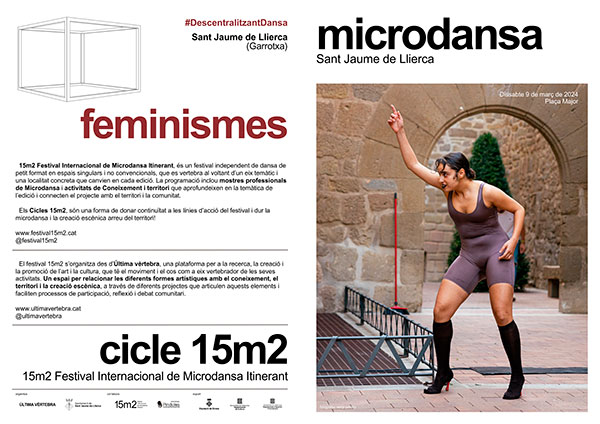
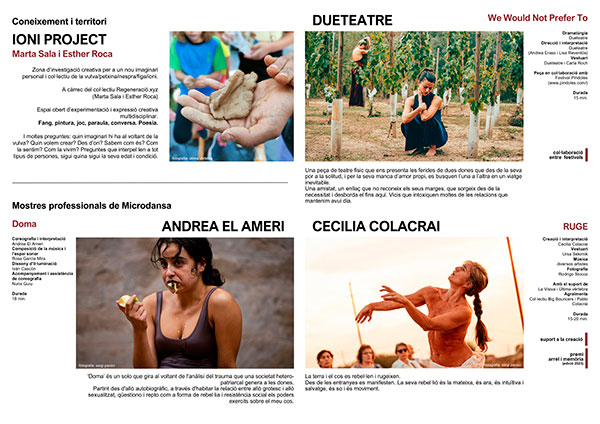
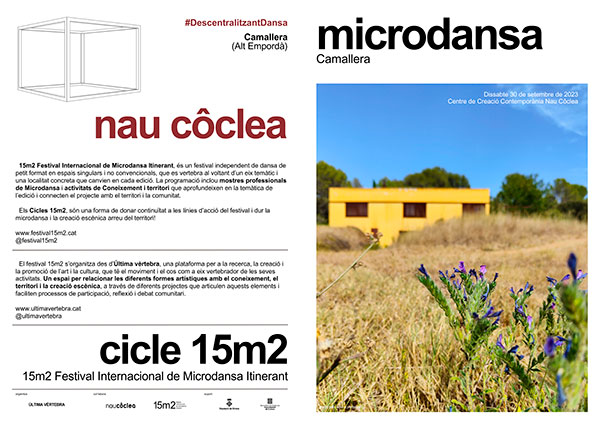
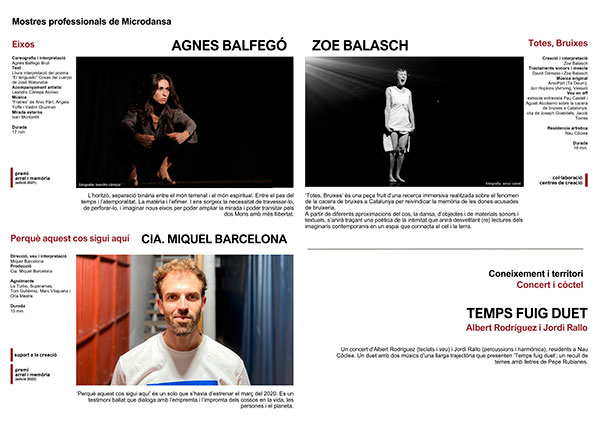
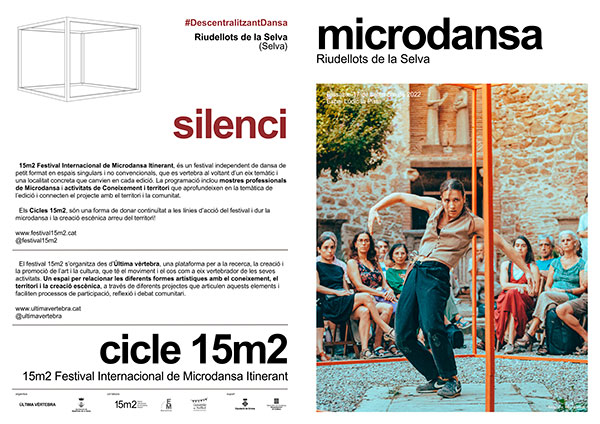
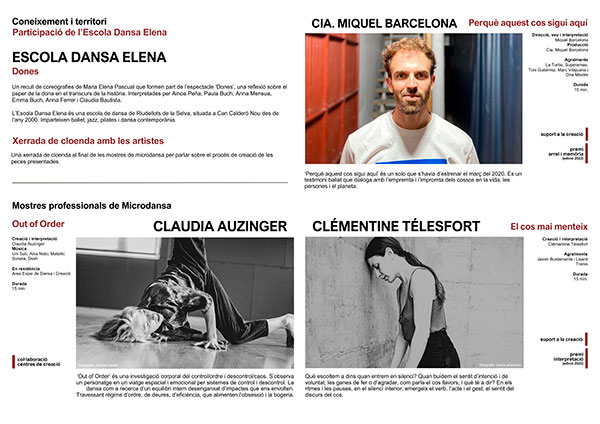
Cove
Dance and handicraft shows
Última vèrtebra
“Cove” is a dance performance about the handmade construction of a traditional Catalan basket. A transgressive and almost exotic action to question the time and rhythm of contemporary society, and a way to claim the use of traditional knowledge for an advanced society, coherent and with greater individual and collective capabilities.
A proposal that integrates movement and craftsmanship, singing, sound art and digital visual art, to enhance the movement of the body and hands of the basket maker and also of the materials and tools he uses. A captivating, risky and transcendent proposal, which proposes a new look at contemporary dance.
“Cove” is born in the context of Arrel i memòria (Last vertebra 2021 – 2024), a project that promotes traditional knowledge through the performing arts and community participation processes, and where the transversal element is the body and movement as a repository and vehicle of knowledge.
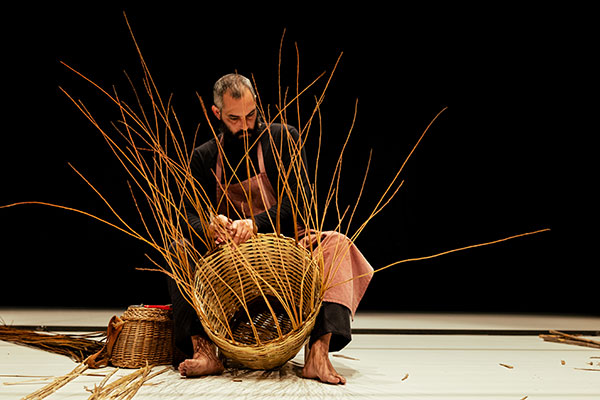
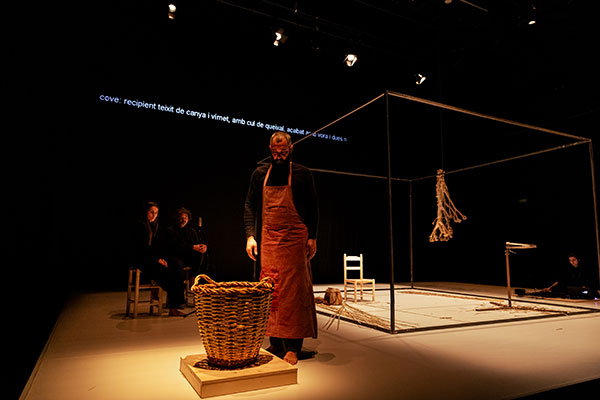
Quan plouen granotes
Art installation and community creation workshop
Última vèrtebra
Public spaces in the city of Barcelona (Barcelona)
“Quan plouen granotes” is an artistic installation with a community creation workshop that is exhibited as a result and continuity of a cultural research project to rethink the time and public spaces of the city of Barcelona in fifteen square meters.
La Rambla, Passeig de Gràcia, Turó del Carmel, Plaça Virrei Amat and Vallvidrera Reservoir have been the setting for this research.
From an empty steel structure and fifteen chairs, Última vértebra has proposed different artistic and community dynamics in different contexts of the city, a process of scenic agitation to reflect on the “stop doing” in public spaces.
The installation is accompanied by a creative workshop to activate the key concepts of the project: the vindication of public space as a place of social expression, the transgressive and symbolic action of ceasing to perform, and its artistic and scenic exploration.
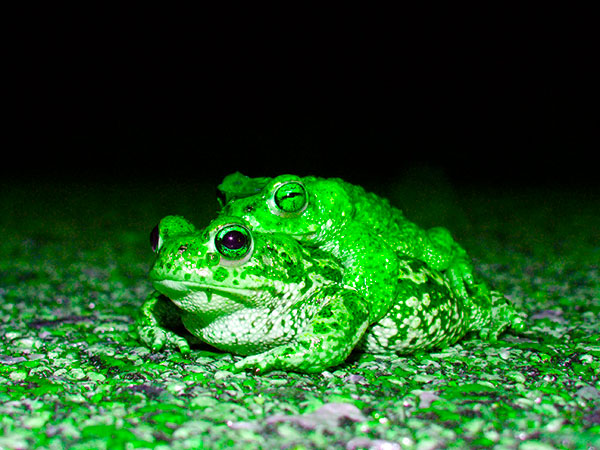
Píndoles - 15m2
Collaboration between festivals

Montjuïc Castle in Barcelona (Barcelona)
Collaboration with the Festival Píndoles – Teatre breu en espais vius in the framework of working with other festivals in the territory of unconventional scenarios to create dialogue and new relationship links. 15m2 collaborates with the selection of dance projects that premiere at the Pindoles Festival and initiates a framework of exchange of artistic proposals between festivals.
2022
“EME – Fugaz de la memoria” by José David Cerda and Julie Tartaglia, from the 2021 15m2 edition, is part of the artistic program of the Festival Píndoles 2022 at the Castell de Montjuïc well space in Barcelona.
2023
“Punteggio per due corpi” by Rober Gómez and Virgínia Gimeno, from the 2022 15m2 edition, is part of the artistic program of the Pindoles 2023 Festival at the former barracks of the Montjuïc Castle in Barcelona.
2024
“Doma” by Andrea El Ameri, from the 2023 15m2 edition, is part of the artistic program of the Pindoles 2023 Festival at the Montjuïc Castle in Barcelona.
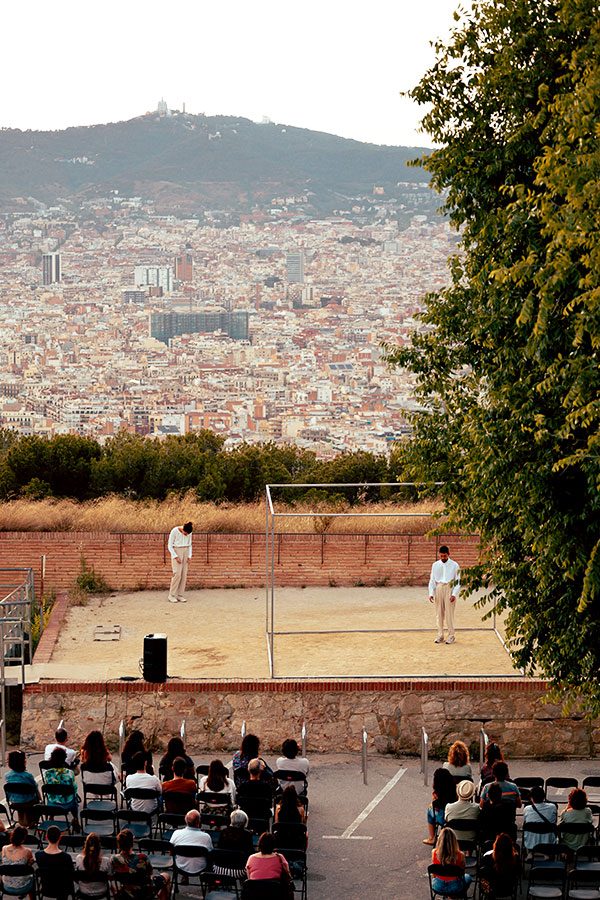
Mentre mengem carquinyolis
Stage installation
15m2 – Última vèrtebra
Espais Vius d’Art, l’Espluga de Francolí (Tarragona)
Two sublime elements, the carquinyoli of l’Espluga de Francolí and you. No more is needed for the dance of proximity. “Mentre mengem carquinyolis” is a device of encounter through a scenic installation based on the carquinyoli, how craftsmanship and dance are related from everyday life. A reflection from the street, in a space of intimacy and comfort. Watch and let yourself be watched while we waltz.
With the participation of Espluga FM Ràdio and Espluga Audiovisual.
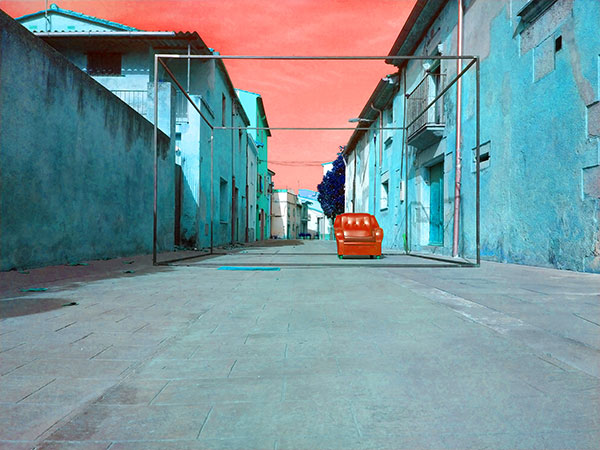
El blat es transforma en farina
Community participation project
15m2 – Última vèrtebra
Santa Coloma de Farners (Girona)
“El blat es transforma en farina” is a community participation project with women recently arrived from the La Selva Adult Education Centre in Santa Coloma de Farners in dialogue with the work of the painter Josep Beulas and Sant Jordi’s Day. This artistic project has been investigated in different stages of work, with painting and writing as the axes of action and transformation. Among them, an installation has been constructed in the form of a mosaic of bookmarks inspired by Beulas’ painting in a delocalised and neuralgic context of the local life of the municipality, such as the Plaça Farners.
With the collaboration of the La Selva Adult Education Centre in Santa Coloma de Farners.
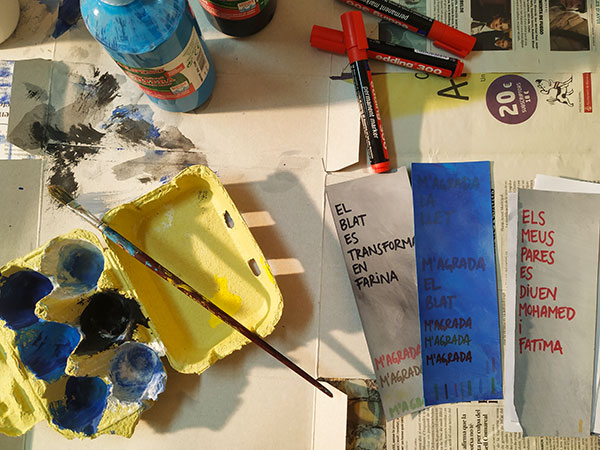
organization
The 15m2 festival is organised by Ùltima vértebra, a platform for research, creation and promotion of art and culture, with movement and the body as the backbone of its activities. It is a space for linking different artistic forms with knowledge, territory and stage creation, through different projects that articulate these elements and facilitate processes of participation, reflection and community debate.
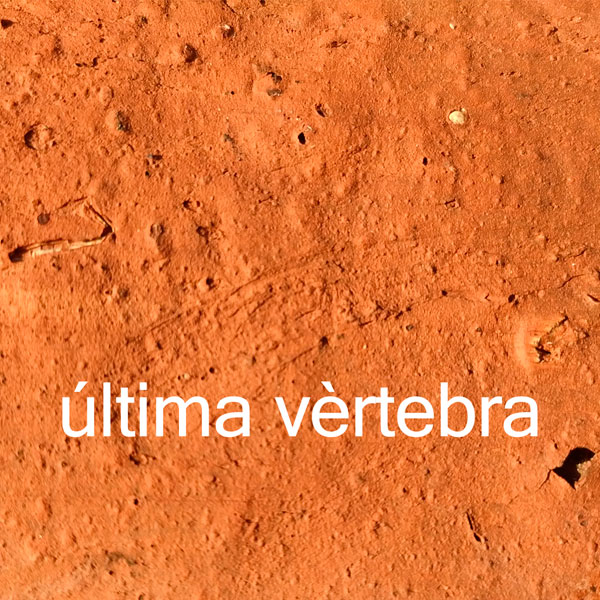
support and collaboration
2023 edition; feminisms – rural women (guissona, lleida)
With the support of the City Council of Guissona, the Department of Culture and the Department of Equality and Feminism of the Generalitat de Catalunya.
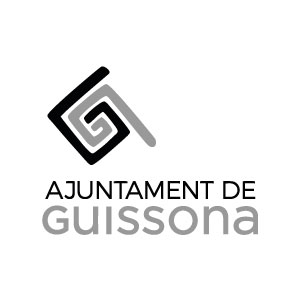

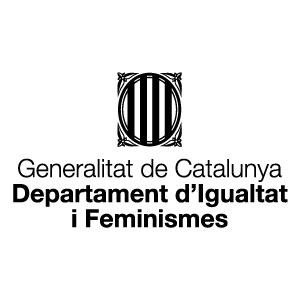

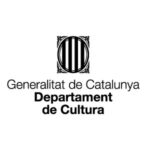
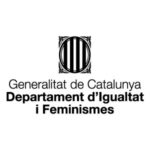
With the collaboration of Nèvia, Associació de Dones de Guissona, the Ateneu de Guissona, the Montse Esteve Dance School, the Museum of Guissona, L’obrador, ceramic workshop, the Library of Guissona, BonArea, Vins Ecològics Comalats, the Diputació de Lleida and the Museu de la Vida Rural.
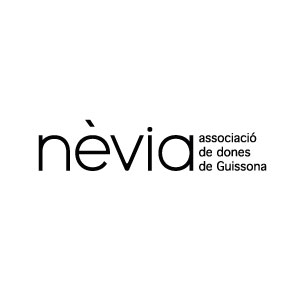
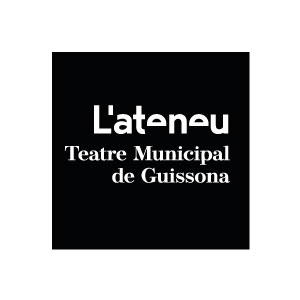

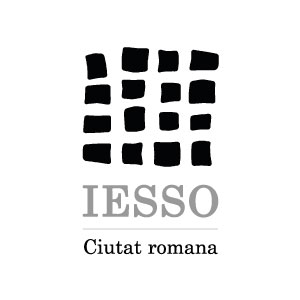

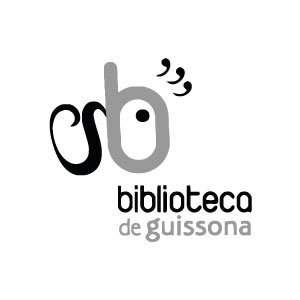
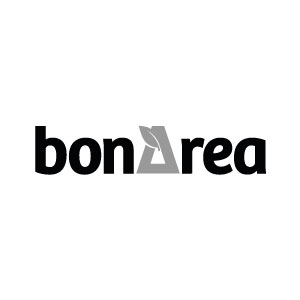
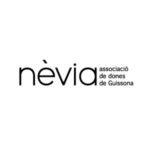

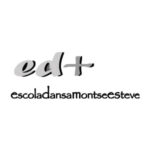

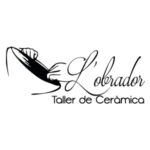
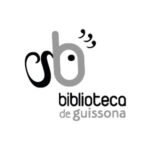

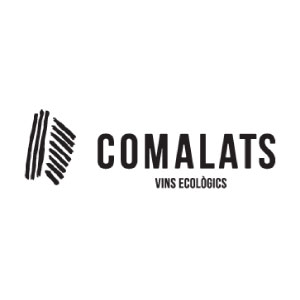


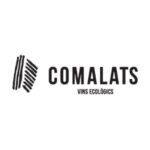
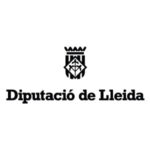
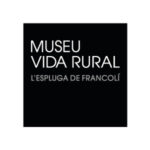
2022 edition; silence – sant jeroni de la murtra (badalona, barcelona)
With the support of the Departament de Cultura de la Generalitat de Catalunya.
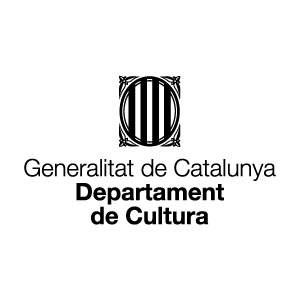
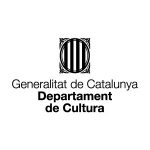
With the collaboration of the monastery of San Jerónim de la Murtra, the Francesca Güell religious and cultural rest area, the Catalonia-America Foundation, Red de Murtras, the organic vegetable garden Conreu Sereny Cooperativa, La Sargantana Cooperativa, the vineyard Vall de Betlem, SapsQue Cultural Agenda of Badalona, Anís del Mono, Area Space for Dance and Creation, Festival Píndoles and the Fundació Catalunya Cultura.
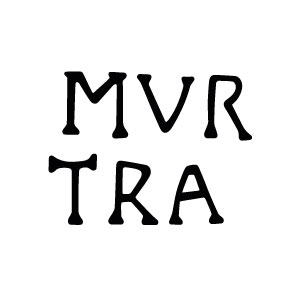

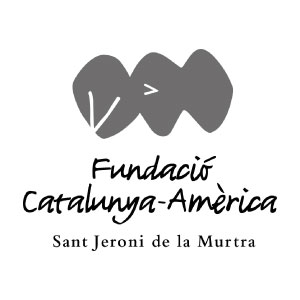

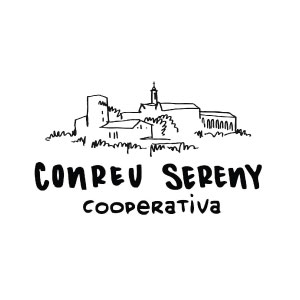
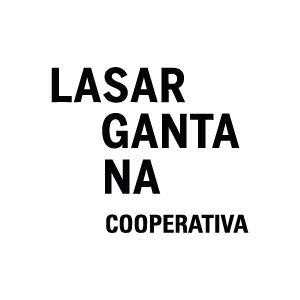

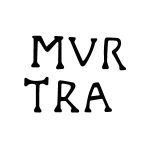


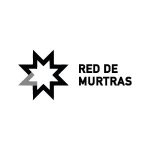


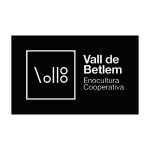
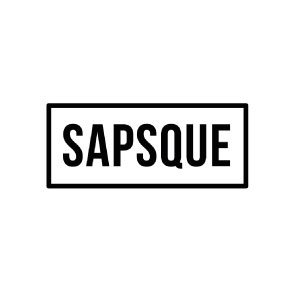



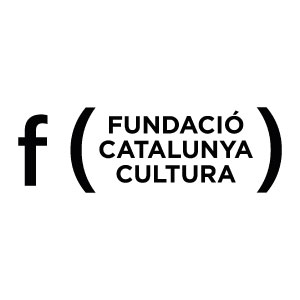
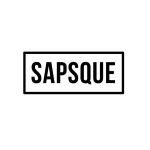
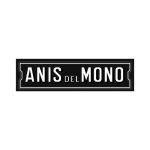
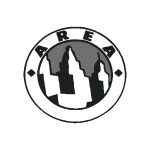
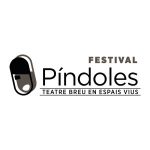
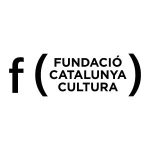
2021 edition; horizon – josep beulas (santa coloma de farners, girona)
With the support of the City Council of Santa Coloma de Farners, the Diputació de Girona, the Associació de Professionals de la Dansa de Catalunya (APdC), selected by the project Carretera i Dansa: Beques de Dansa Aplicada 2021 of the APdC and the productions of Última vértebra of the Horizonte-Beulas project: ENTRE (prep.) and Retorn, from the Department of Culture of the Generalitat de Catalunya.
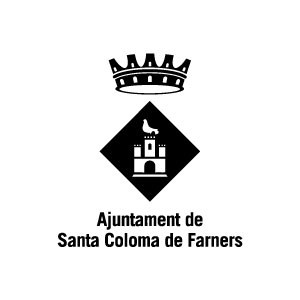

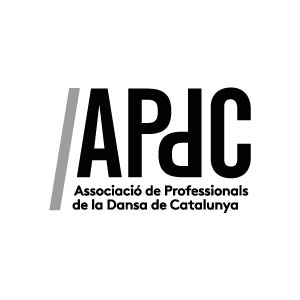

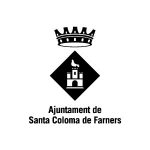

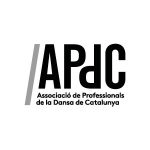

With the collaboration of l’Any Beulas, the Casa de la Paraula, the Joan Vinyoli Library, the CDAN (Art and Nature Centre, Beulas and Huesca Foundation), the University of Barcelona, the Centre de dansa d’Art, nunArt Creacions, the pastisseria Tuyarro, Trias Galetes SA, Font d’Or water and the monastery of Sant Jeroni de la Murtra.

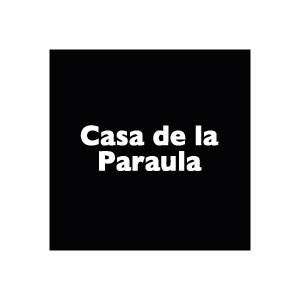
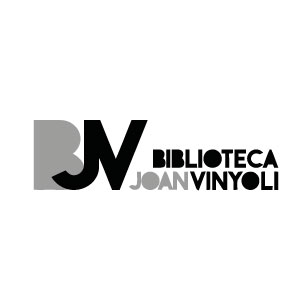
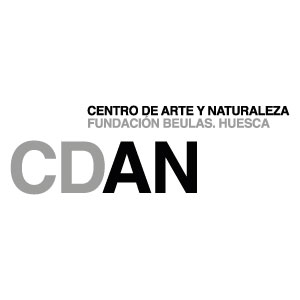
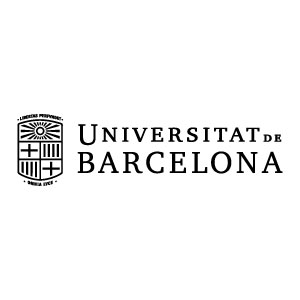
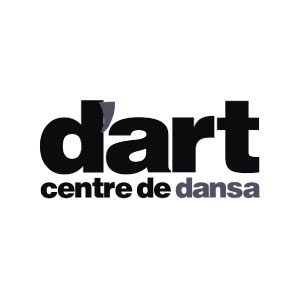
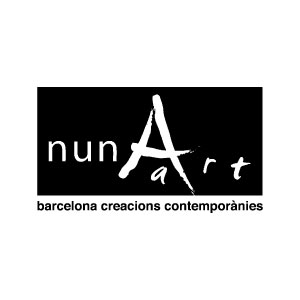
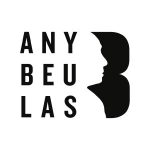

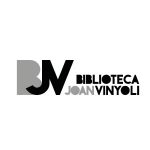
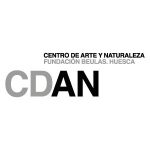
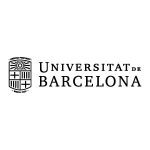
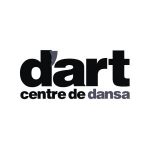
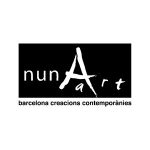
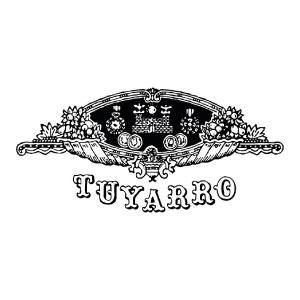
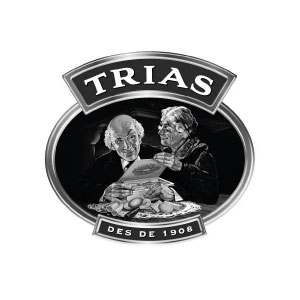


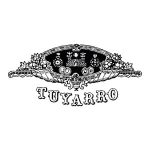
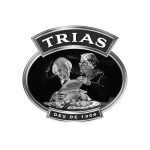


15m2 en xarxa
With the collaboration of the Diputació de Girona, the Centre de Formació d’Adults La Selva, the city council of l’Espluga de Francolí, Espais Vius d’Art, Espluga FM Radio Conca de Barberà, the Festival Píndoles, the Grand Tour, the Centro de Creación Contemporánea Nau Côclea, the Centro de Creación Can Bonamic, the city council of Riudellots de la Selva and the Escuela Dansa Elena, the Institut de Cultura de Barcelona, the city council of Barcelona, the Centre d’Arts Santa Mònica, Area, Espai de Dansa i Creació, the Forn de Pa La Sitja, Supermercado Ecológico Linverd, Escofet, the Mercè Market, the Mercat Cultural de Vallvidrera, the Societat Catalana d’Herpetologia, the Parc de Collserola, the Associació de Cistellaires de Catalunya, El Canal de Salt, the city council of Sant Jaume de Llierca, the Department of Equality and feminism of the Generalitat de Catalunya and the Festival Sismògraf.

